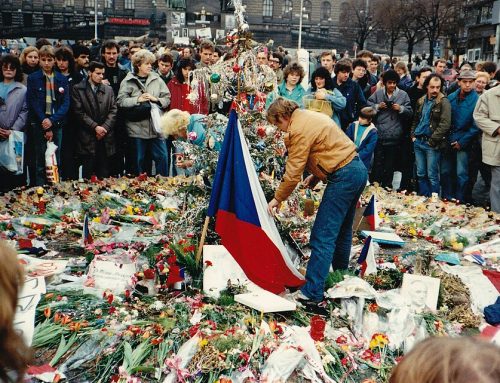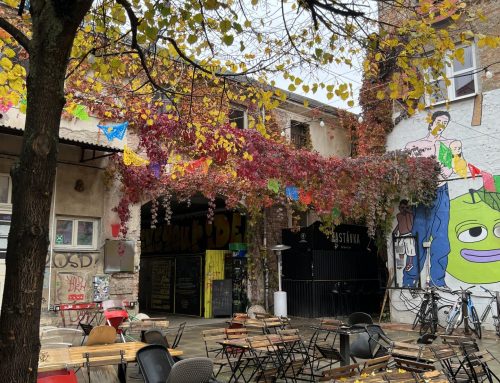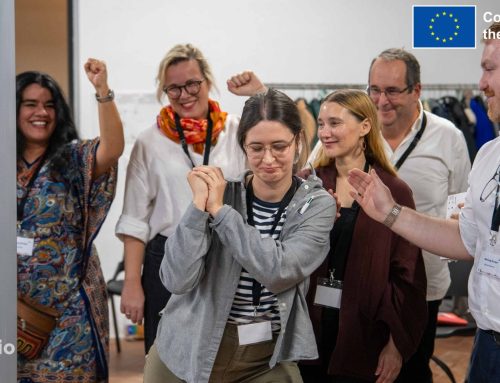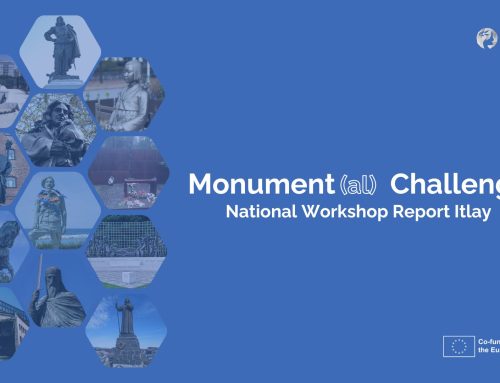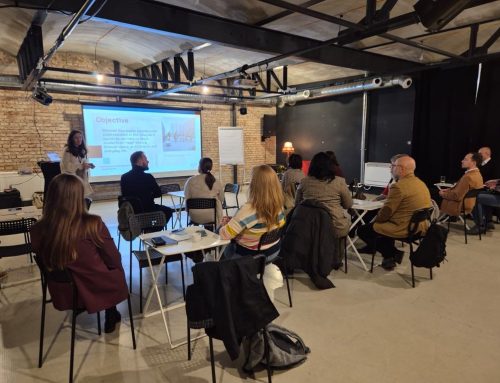Hans Kundnani’s Eurowhiteness: Culture, Empire and Race in the European Project offers a powerful critique of the European Union’s historical and ideological foundations. The book challenges the often-celebrated vision of the EU as a post-national bastion of peace, diversity, and cosmopolitanism. Instead, Kundnani argues that the EU’s identity is rooted in a form of nationalism, one which continues to carry the weight of Europe’s colonial and racial history.
Eurowhiteness comes with the bold claim that the European Union, often considered the antithesis of nationalism, is in fact a form of “regional nationalism”. While nationalism is typically associated with the nation-state, Kundnani suggests that the EU operates through a sense of shared European destiny. This idea is shaped not only by civic values but also by ethnic and cultural identities that centre around the concept of a historically superior European civilisation. Drawing on the work of Benedict Anderson, Kundnani identifies the EU as a “community of fate” and examines how this concept has been reflected in contemporary European policies. One of the points Kundnani makes is how the EU responded to the rise of populist governments within its own borders, such as Hungary’s Fidesz and France’s Rassemblement National, by co-opting elements of their nationalist rhetoric. This shift toward a defensive, even exclusionary, Europe hints at a deeper contradiction within the EU’s proclaimed values of inclusivity.
In the second chapter, he delves into the historical roots of European nationalism, which he traces back to the Crusades (1095–1291), slavery, and colonialism, showing how Europe historically positioned itself against an “other,” particularly Jewish, Muslim and non-white populations. Rather than severing ties with this past after World War II, Kundnani argues that the European project continued to harbour elements of imperialism, particularly in its interactions with the non-Western world. Kundnani also critiques the common narrative that the EU was founded as a rejection of the horrors of Nazism and the Holocaust. While post-war European integration is often presented as a moral reset, this highlights the imperial amnesia that accompanied this narrative. The Holocaust has, he argues, served as a focal point for Europe’s historical reckoning, effectively sidelining the violence and exploitation of its colonial past.
Consequently, he examines how the post-war European project both obscured and perpetuated Europe’s colonial legacy. By focusing on internal cooperation and solidarity among European states, the EU allowed its member countries to collectively “forget” their roles as imperial powers. The European Economic Community (EEC), founded in 1957, did not seek to dismantle colonial hierarchies; instead, it allowed member states, such as France and Belgium, to retain their imperial possessions with little interference. This selective memory has been crucial in shaping the European Union’s sense of moral superiority on the global stage, as it laid the groundwork for a new form of imperial unity under the banner of European integration.
In the fourth chapter, Kundnani shifts his focus to the EU’s eastern expansion following the end of the Cold War. He examines how this enlargement process exposed the racial hierarchies embedded in the European project. While Western European nations often prided themselves on their liberal values and cosmopolitanism, the inclusion of Eastern European countries revealed the limits of this vision. These nations, with their history of subjugation under the Soviet Union, were considered less civilised, in need of guidance to become “proper Europeans”. Kundnani also points to the rise of anti-immigrant sentiment in Eastern Europe, particularly the refusal to accept significant numbers of non-white refugees, as a further indication of the racialised boundaries posed by European identity.
Examining the Eurozone crisis and how it intensified the EU’s defensive posture, Kundnani argues that rather than seeing the EU as reacting to a series of crises, from the financial meltdown of 2008 to the ongoing refugee crisis, there has been a consistent throughline of austerity, neoliberalism, and a focus on Europe as a geoeconomic competitor. These policies have led to a more protectionist and insular Europe, with economic and cultural protectionism going hand in hand. Accordingly, he highlights the growing racialisation of European identity during this period, as evidenced by increased restrictions on immigration and asylum, as well as the rise of far-right movements across the EU. These developments have further entrenched the idea of Europe as a white space, where non-Europeans are seen as threats not only to the social and cultural fabric, but also to the economic fabric of the continent. The 2015 refugee crisis, in particular, marked a turning point in which Europe’s cosmopolitan ideals were put to the test and found wanting.
The final chapter focuses on Brexit, which Kundnani presents as a moment of reckoning for both the UK and the EU. While much of the Brexit debate has focused on economic and immigration issues, Kundnani suggests that racial and imperial legacies also played a significant role. He notes that a third of “Leave voters” were non-white, challenging the simplistic narrative that Brexit was driven solely by white nationalism. Many Black and Asian Brits, he argues, saw the preferential treatment given to EU nationals as unfair and reflective of the UK’s ongoing attachment to racial hierarchies. Therefore, Kundnani contends that Brexit offers Britain an opportunity to become a less Eurocentric nation, one that can confront its colonial history more openly than the EU has done.
Hans Kundnani’s Eurowhiteness: Culture, Empire and Race in the European Project is a provocative and timely examination of the racial and imperial foundation of the European Union. By exposing the ways in which Europe’s self-conception as a cosmopolitan and progressive force is intertwined with its colonial past, Kundnani challenges readers to rethink the nature of European identity. His argument that the EU operates as a form of regional nationalism — one that continues to be shaped by racial hierarchies and a sense of white superiority — is both compelling and unsettling. Finally, this critique raises important questions about the future of the EU and its place in the world. As EUrope grapples with ongoing crises, from identity to economic instability, can it truly live up to its ideals of diversity and inclusion? Or is the European project destined to remain an instrument for imperial amnesia and racial inequalities? Is it possible for the European Union to overcome its colonial legacies, or are these too deeply ingrained in its foundational identity?



